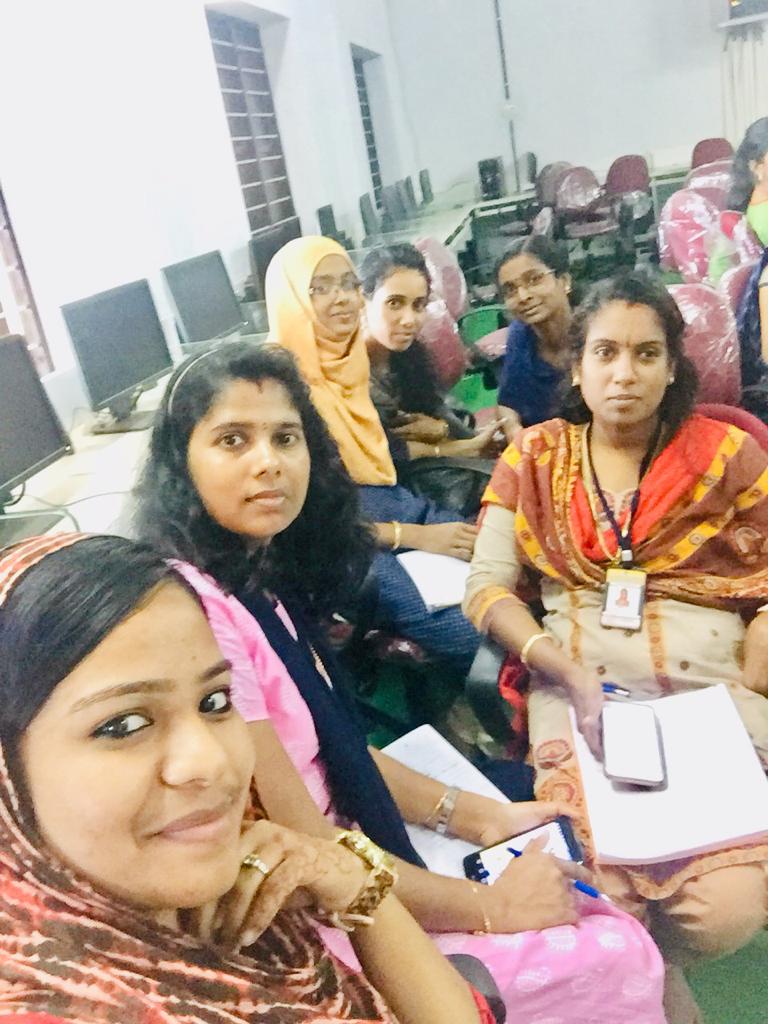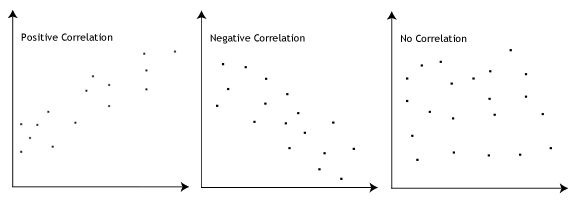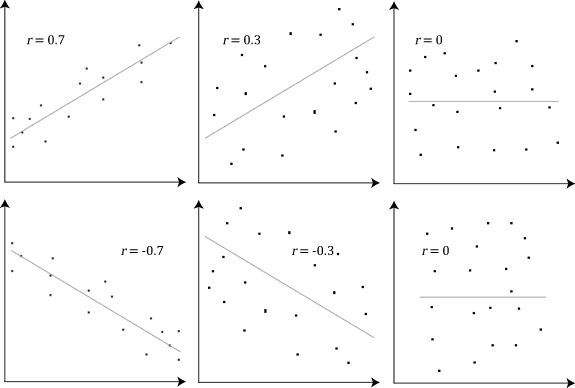NSS TRAINING COLLEGE, M.Ed 1st semester ICT WORKSHOP
DATE :- 22 /10 /2018 to 24 /10/ 2018 Time :- 10.00 am to 4.30 pm
REPORT
Report of ICT Workshop
As a part of M.Ed curriculum,we conducted a 5 day ICT workshop.Program was inaugurated by respected HOD Ampili mam facilitated by our beloved Professor Dr.K.Sajan.The programme was a huge successful one. students participation is enhanced in this programme vidhu vijayan explains about photoshop and its various usages.Even though we had a very little knowledge on computer applications we could do all the works in a better way.From this workshop we got a good awareness about computer softwares and applications.Each day was very interesting and informative.Following are our works done on this workshop: conduct an ICT workshop. In this ICT Worksop we learn more about ICT programs related to educational purposes. I hearty thank you sir to give me the confident and positive support..
HARI ,MANU & ARJUN……………………..



ICT workshop inspires Creative thinking and develop the skills.it stimulates collaboration and interaction among peers.It helps to expand learning horizons..It is too useful for our bright future… Thank you so much Sajan Sir.. for your effort.. It will help us to know more about the ICT in education field. iam very proud to be here it is very helpful to teching. introduced audio and image editing appsveryIt will help us it knoit provide detailed information about ICT Introduced about google apps. To enhance ICT literacy and confidence among teachers. it help us to Know to do our academic work and we familiarise with different application It is useful for the improvement of technical knowledge of the student. the goal of these training was to enable teachers to be sufficiently prepared,confident and competent in making full use of the benefits of these wonderful facilities in and out of the classroom.it is very useful for us to acquire more knowledge about ict. The workshop was very useful to us. It is very interesting and informative. Am sure it will help us in future for doing our best.Thank you sir for your great support. Making acquaintance with various applications google provided PREPARING A WORD DOCUMENT
This takes us half a day to prepare a word document and converting it to a apa format.we were very sure about this work that this will be very useful for our future academic works especially during our dissertation completion.our Professor Sajan sir helped us a lot in correcting each sections and clarifying our doubts.It helps the students to develop all skills.
PREPARING A POWERPOINT
Preparing a powerpoint was quite interesting one.to include images,videos etc. made it interesting and creative.this gave us a wide understanding about presenting a powerpoint
editing image,audio file and video files:our recorded audio was edited using audacity software and video files was also edited using suitable softwares such as video cutters.Images are also downloaded and then edited.
PREPARING AN EXCEL SHEET
An excel sheet was prepared by us according to the guidance of our teacher.we had entered the data such as time taken for each item in a day.also total time taken for each item during days.
PREPARATION OF BLOG
ICT workshop being conducted at NSSTC Ottapalam is a very informative. Things being taught here are very helpful for our future. This helps us to prepare ourselves for the presentation of a good dissertation. The practical works being conducted here helps us to practice and learn things rather than just learning theory. Interesting sessions conducted today was introduction of Audacity the audio editing software and photoshop.
Several Google apps was also introduced in this workshop.
25 students are actively participate in the workshop.. An editing software is presented for them audacity..students are actively involved in the collaborative work for the preparation of workshop report using google docs.Various techniques for preparing each MS office software was provided.This workshop is a good opportunity to brush up the contents practiced before.






























